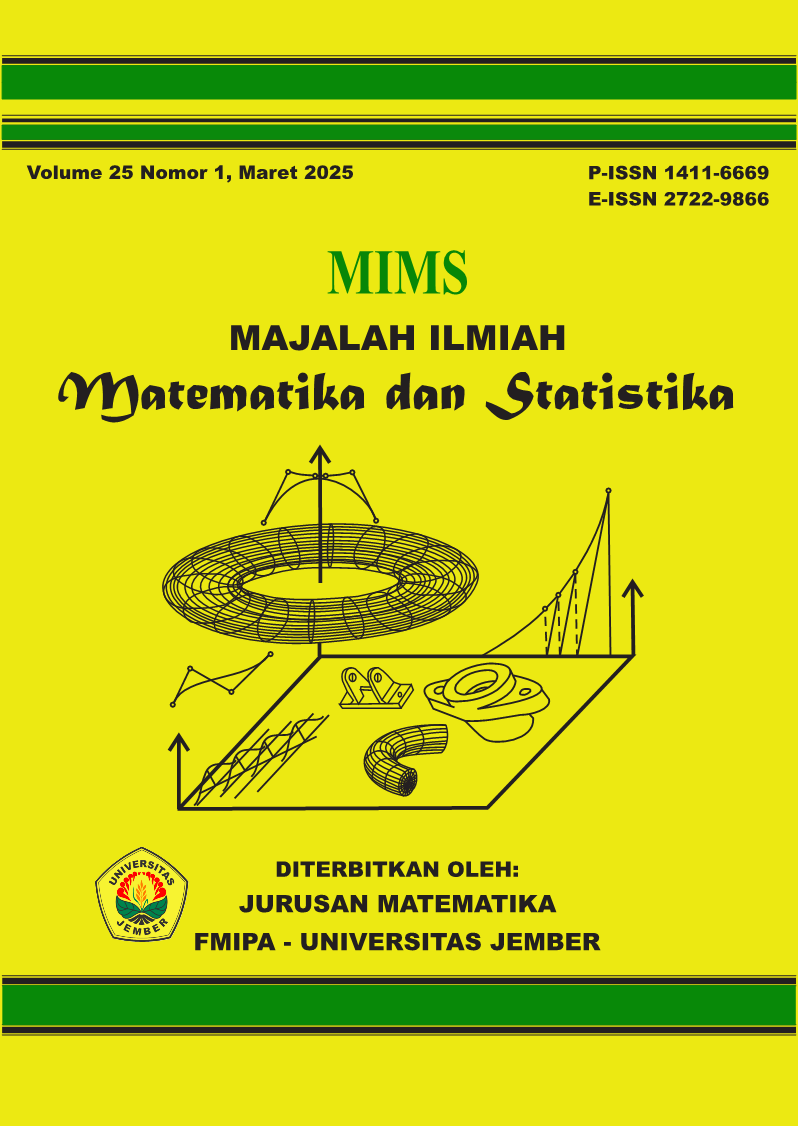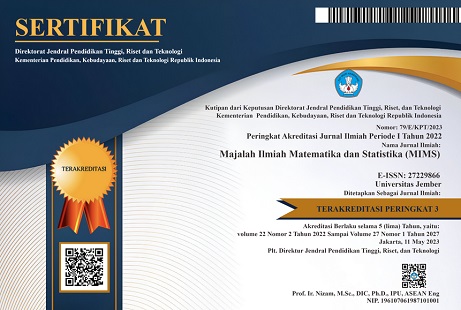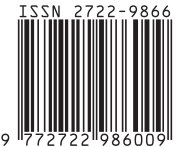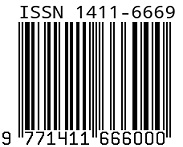GAMLSS application for modeling the level of open unemployment in East Java
DOI:
https://doi.org/10.19184/mims.v25i1.51548Abstract
This research analyzes the application of Generalized Additive Model for Location, Scale, and Shape (GAMLSS) using penalized spline smoothing and Rigby-Stasinopoulos (RS) algorithm for modeling open unemployment rate in East Java Province in 2022. Predictor variables in this research are labor force participation rate, average years of schooling, average wages, economic growth, and registered job vacancies. GAMLSS allows the estimation of several distribution parameters (location, scale, and shape) thereby providing a broader and more flexible approximation model. The number of parameters that can be estimated depends on the type of distribution that is suitable for the data. This research uses a penalized spline as a smoothing predictor variable for the nonparametric part. The RS algorithm is an iterative procedure developed for GAMLSS models and used to estimate model parameters efficiently. Several distributions were evaluated and Normal distribution was obtained as the most suitable with two parameters (ðœ‡,ðœŽ). The Normal distribution is chosen based on model evaluation standards Generalized Akaike Information Criterion (GAIC). The effectiveness of this model was further verified through significance test and stepwise procedure. The estimation results of the location parameter (ðœ‡) are modeled by economic growth, average years of schooling, and registered job vacancies with the identity link function, while the scale parameter (ðœŽ) is modeled by economic growth and average wage with the log link function.
Downloads
Downloads
Published
Issue
Section
License
Copyright (c) 2025 Majalah Ilmiah Matematika dan Statistika

This work is licensed under a Creative Commons Attribution-NonCommercial 4.0 International License.







